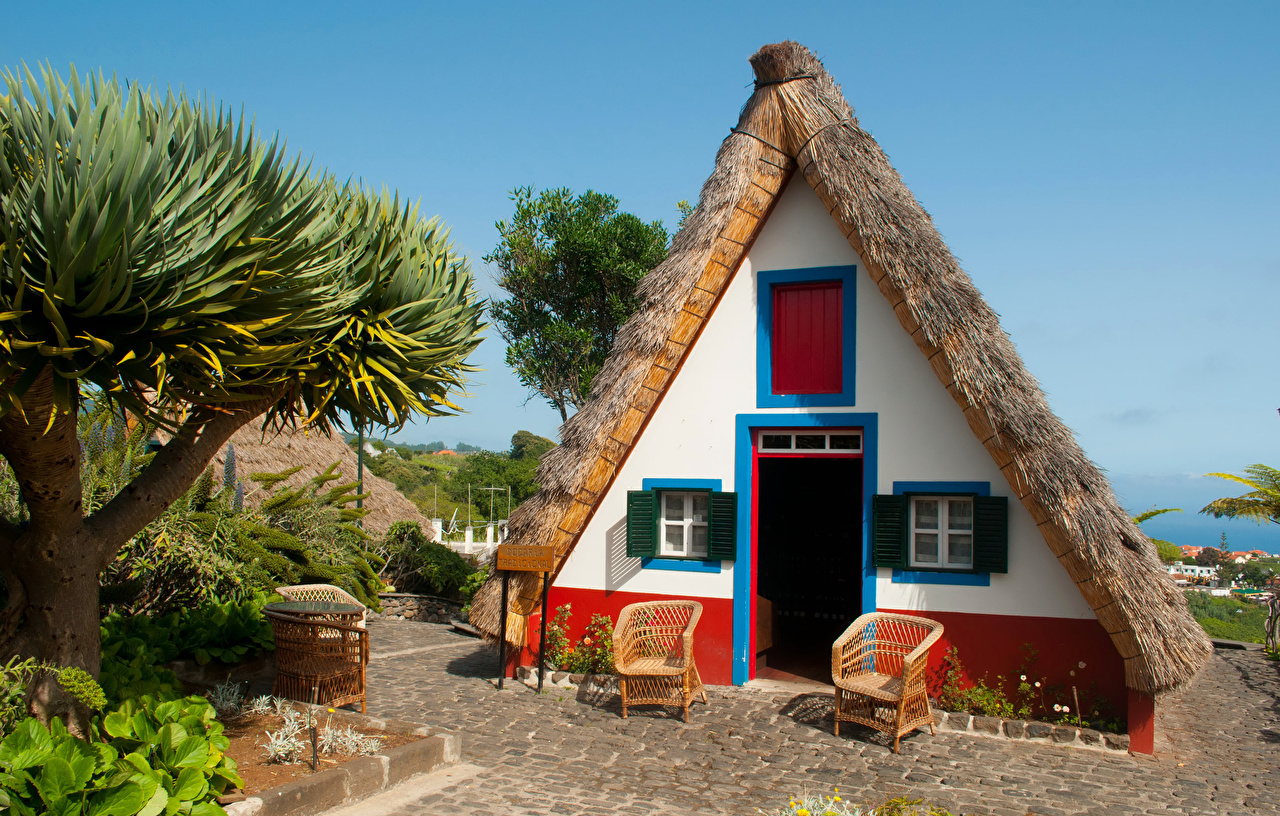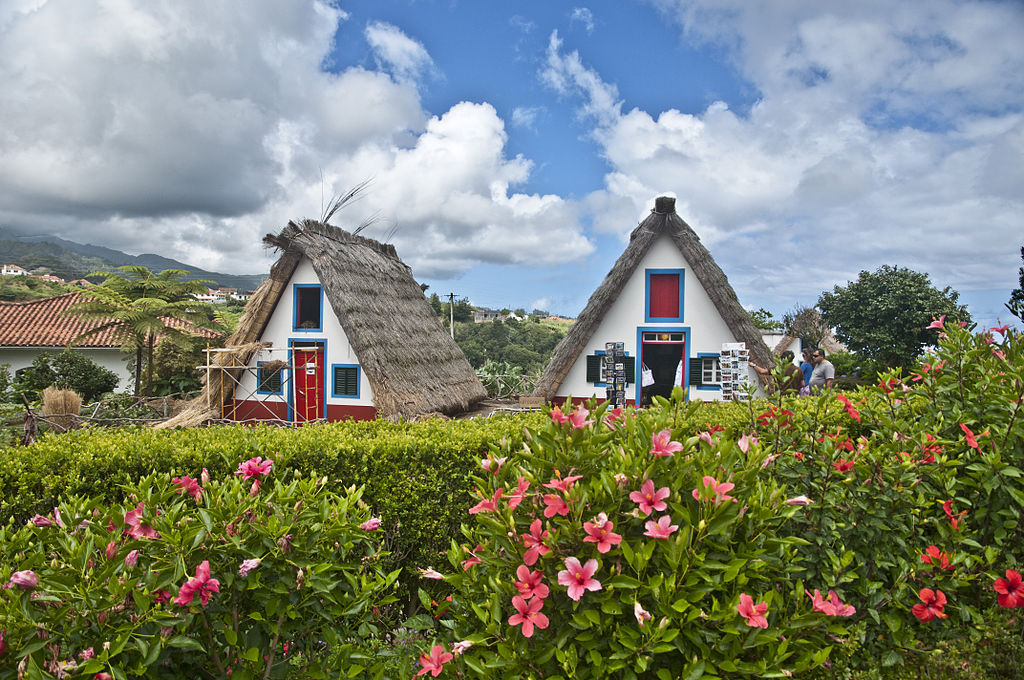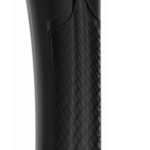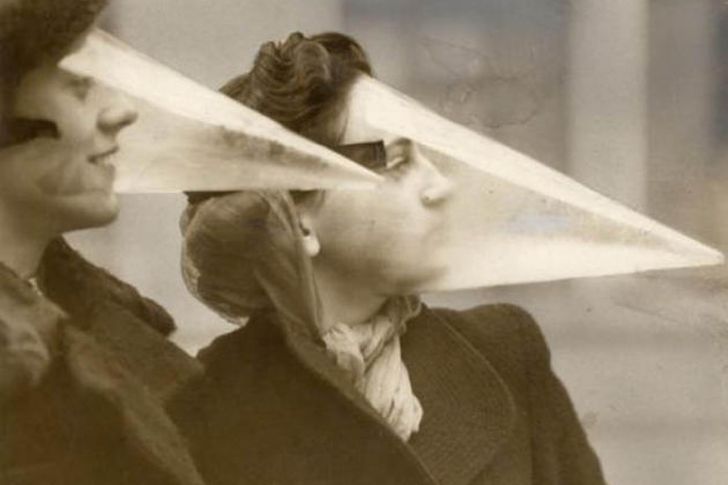National dwellings of the world, which are distinguished by their special flavor
Of course, every nation has its own home. These houses are a reflection of some idea, ideas about comfort, coziness, beauty. Of course, to describe every national structure of the peoples of the world, you will need to create a whole book, and not even just one. But the most interesting types of houses of different peoples of the world are presented below.
The content of the article
- Tree house of the Korowai tribe in Indonesia
- Crannog - house on the water in Ireland
- Kazhun and Klochan - houses made of stone
- Lepa-lepa - boat-house of the Badjao-laut tribe
- Tulou fortress house
- Huts without walls on Samoa
- Karo - amazing houses of the Batak people in Indonesia
- Triangular houses of Palheiro on the island of Madeira (Portugal)
Tree house of the Korowai tribe in Indonesia
A very, very long time ago (one might say that in a past life), the Korowai and other tribes of Polynesia and Indonesia hunted for heads, including each other. In such harsh conditions of existence, the only thing left was to build their houses as high as possible, and also in the middle of the forest. This is how people saved themselves not only from their cannibal neighbors, but also from predatory animals.
Scientists first visited Korowai settlements in the 70s, when the latter had no idea about another, civilized world. What can we say... only a few residents of the tribe are literate.
The houses are called dobos and are built high above the ground on stilts, which are essentially thin tree trunks. Then a platform of poles and leaves is laid, and the walls are made of the same materials - the most accessible that can be found in the forest. The roof is covered with branches and leaves.
To visit the Korovai, you need nothing less than to climb a tree trunk. For many of us, this will be an overwhelming task, but for the locals, it’s as easy as shelling pears. Moreover, as you already understand, this task can be easily accomplished by both children and pregnant women.
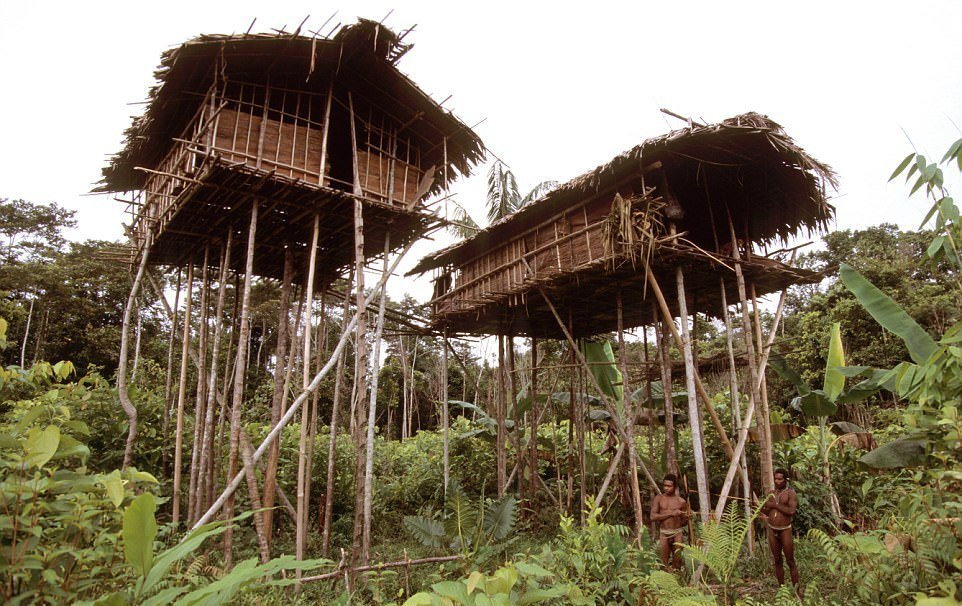
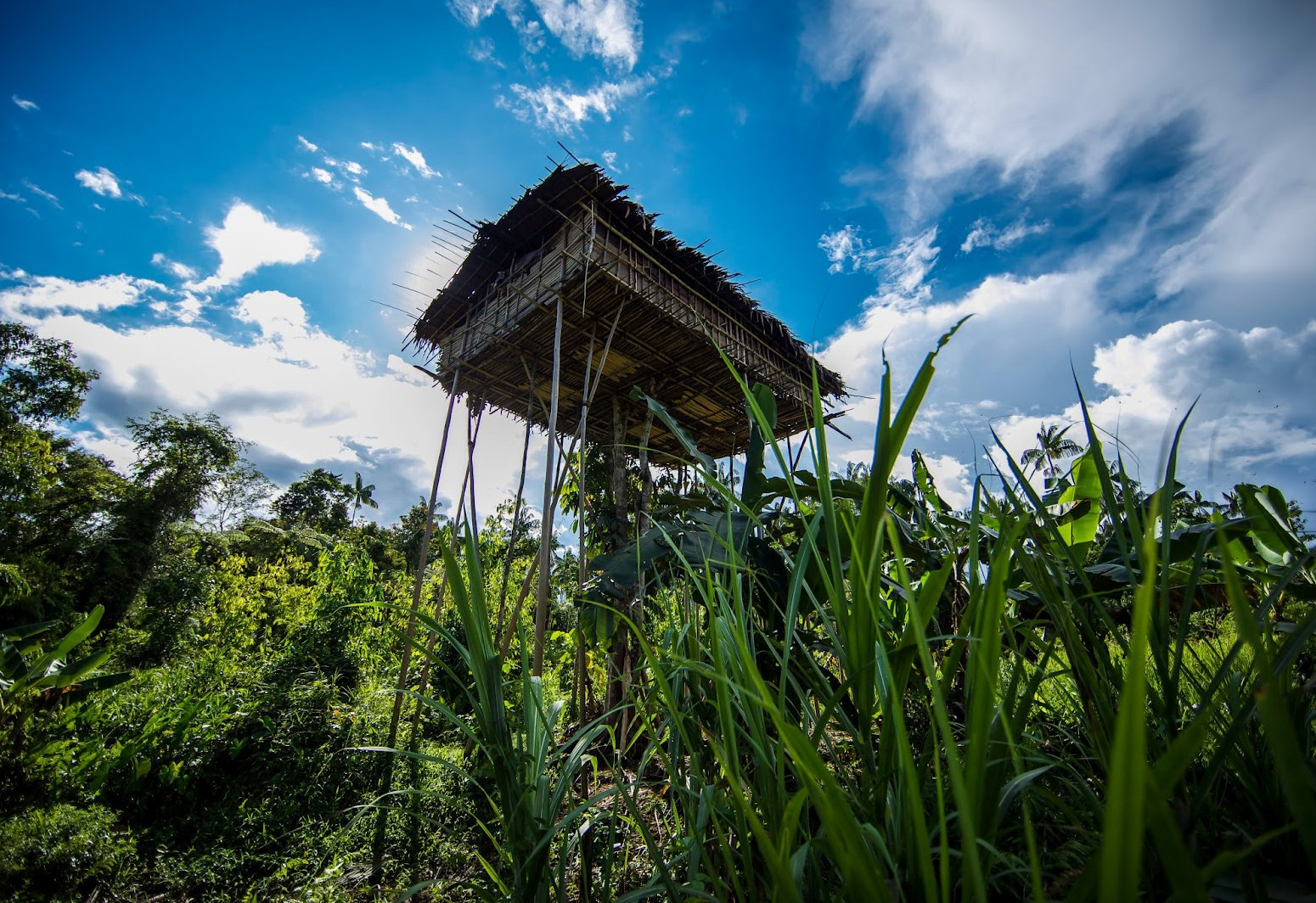
Crannog - house on the water in Ireland
In fact, a crannog is a fortified island, which today in Ireland is created artificially (mainly for tourists). Such houses were built on high stilts or on an island, but always in the middle of the water.
And today in this country you can find unique dwellings - crannongs - which are located among lakes and other bodies of water. Residents were not always able to find a natural island, so they came up with the idea of erecting a structure made of wood on high supports, which was the safest option, although the house was not located at depth.
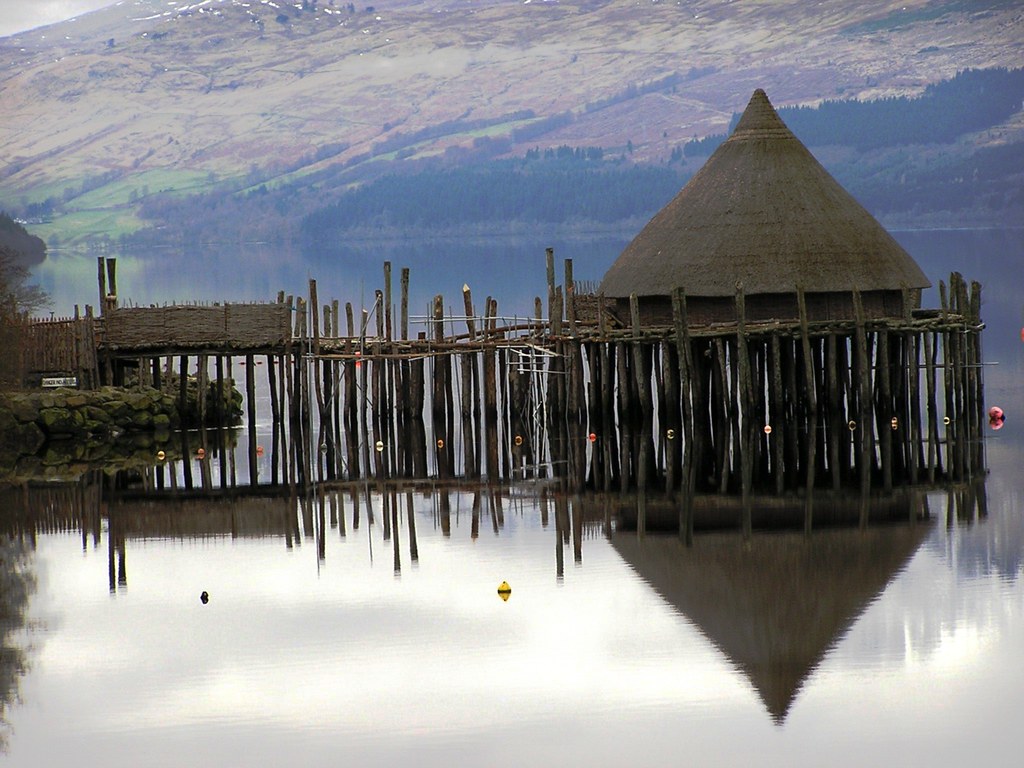
Often the building was made of wood and walls were erected around the hearth. To get to a home (for example, a stranger or an enemy), a boat or any other means of navigation was needed. But the animals simply could not get to people.
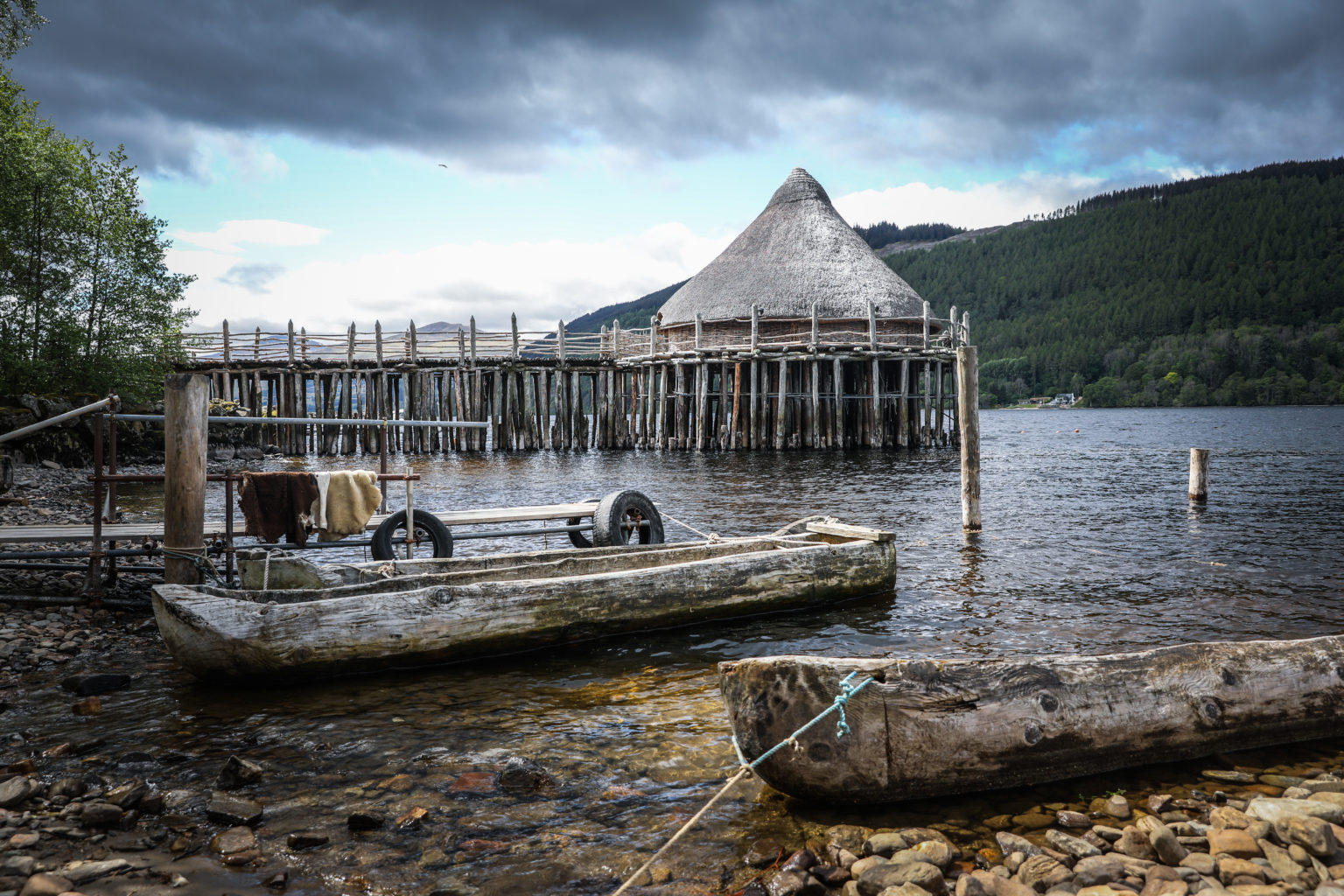
Kazhun and Klochan - houses made of stone
Many centuries ago it was customary to build houses in the shape of a cylinder or a dome. For example, in Croatia (in Istria) you can see a stone building called a kazhun. This is a traditional dwelling made using the dry masonry method. For a very long time it served as housing, but then it began to serve only as an outbuilding. The Cajun was often erected in a field and did not have windows for stability.
Cajun is a symbol of Istria. A small copy of the home has become one of the popular tourist souvenirs.

They built a house in the same way at the other end of Europe - in Ireland, but only the shape of the dwelling was domed and it was called a clochan. It is a low hut made of stone with a thatched roof. The walls are very thick - up to one and a half meters. Sometimes several klochans were combined into one house using a common wall.
It is believed that these primitive huts were built for themselves by monks leading a solitary lifestyle, so there is simply no special comfort inside.
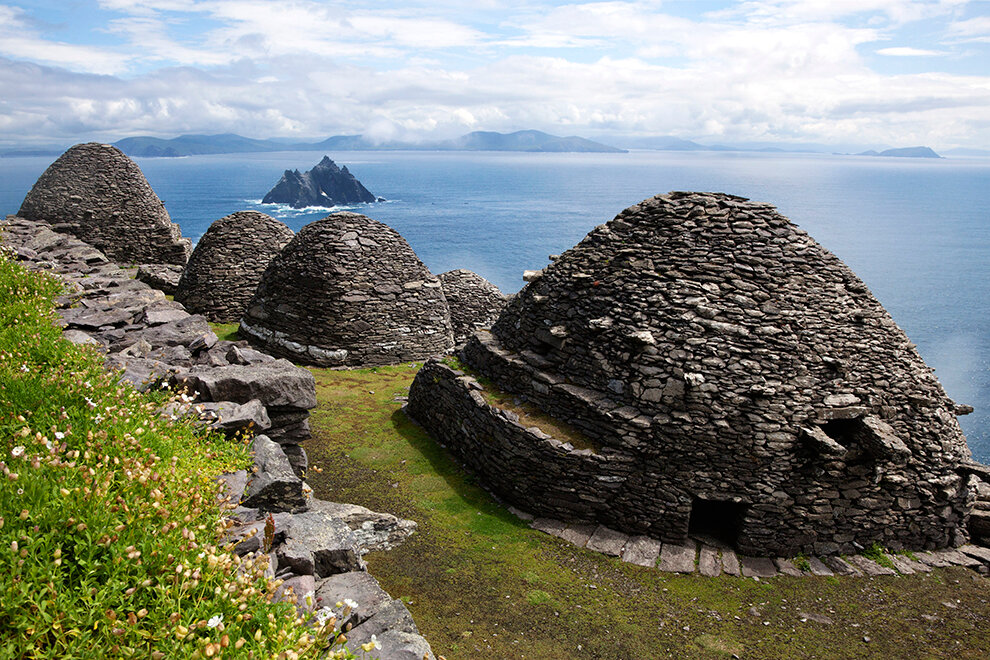
Lepa-lepa - boat-house of the Badjao-laut tribe
This is a unique tribe that is considered true nomads of the ocean. There is another name - sea gypsies. People live without any of the benefits of civilization, including without electricity, running water, or anything else that has long been familiar to us.
For many years, the badjao simply lives in the water. Their home is a long boat, which has its own name - lepa-lepa. It consists of two parts:
- The first is the actual living quarters where the Badjaos sleep.
- Secondly, the kitchen and pantry are equipped.
The Badjao set foot on the ground only when it is necessary to stock up on food or, conversely, to sell fish and other catches caught in the depths of the ocean. They also bury their loved ones on the ground. Otherwise, the entire life of the tribe is spent on the water.
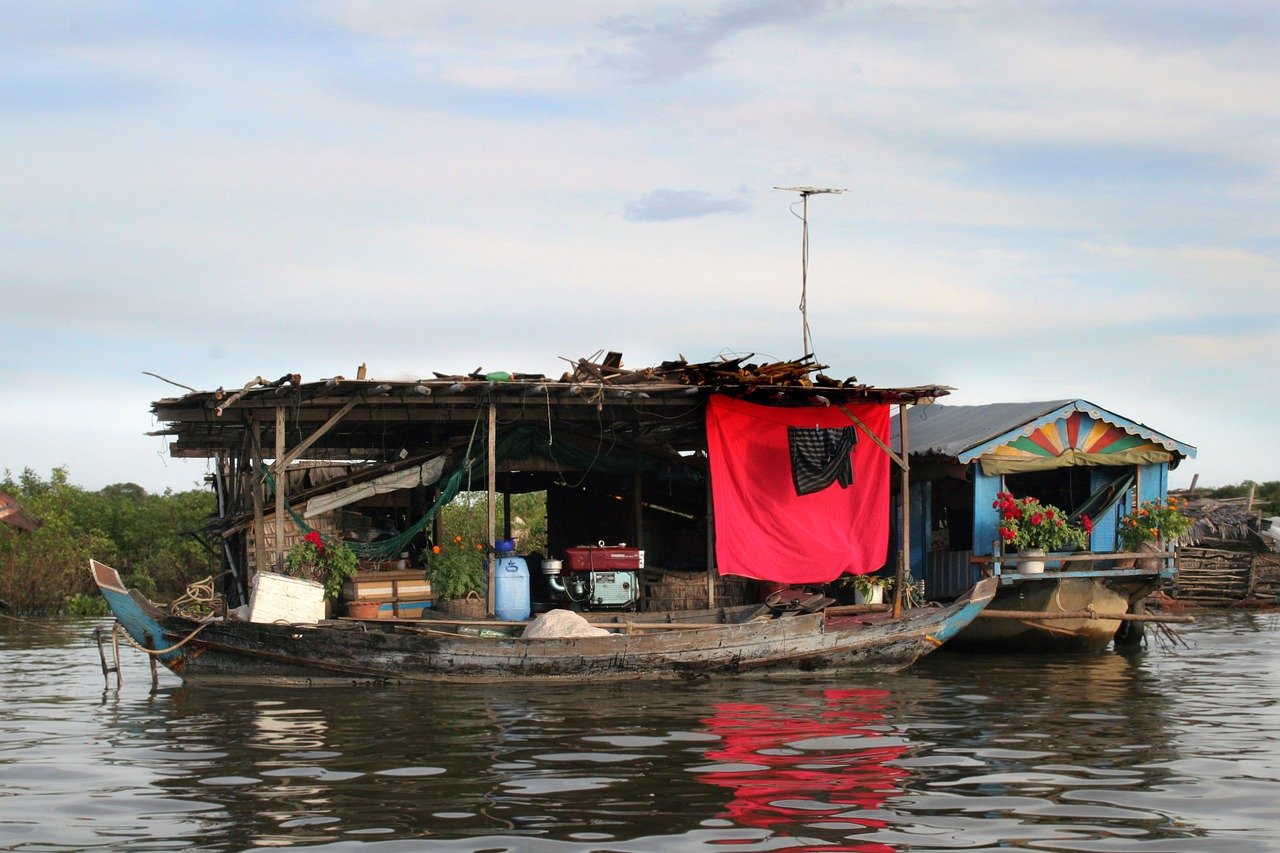
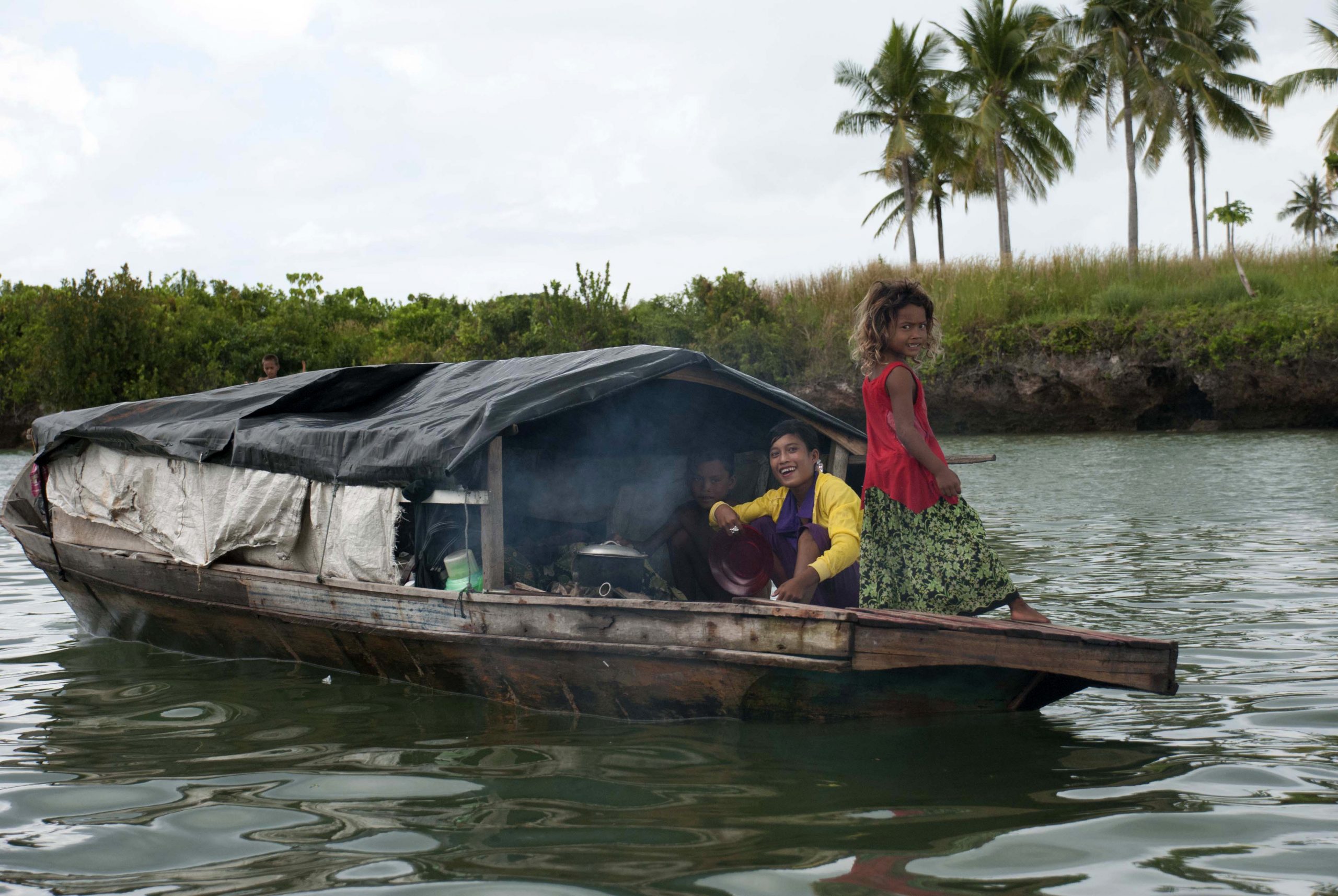
Tulou fortress house
In the vicinity of China (province Fujian And Guangdu) amazing houses appeared a long time ago - the idea of the Hakka people. They began to build entire fortresses in the shape of a circle or square, in order to protect themselves from ill-wishers and aggressive visits from enemies.
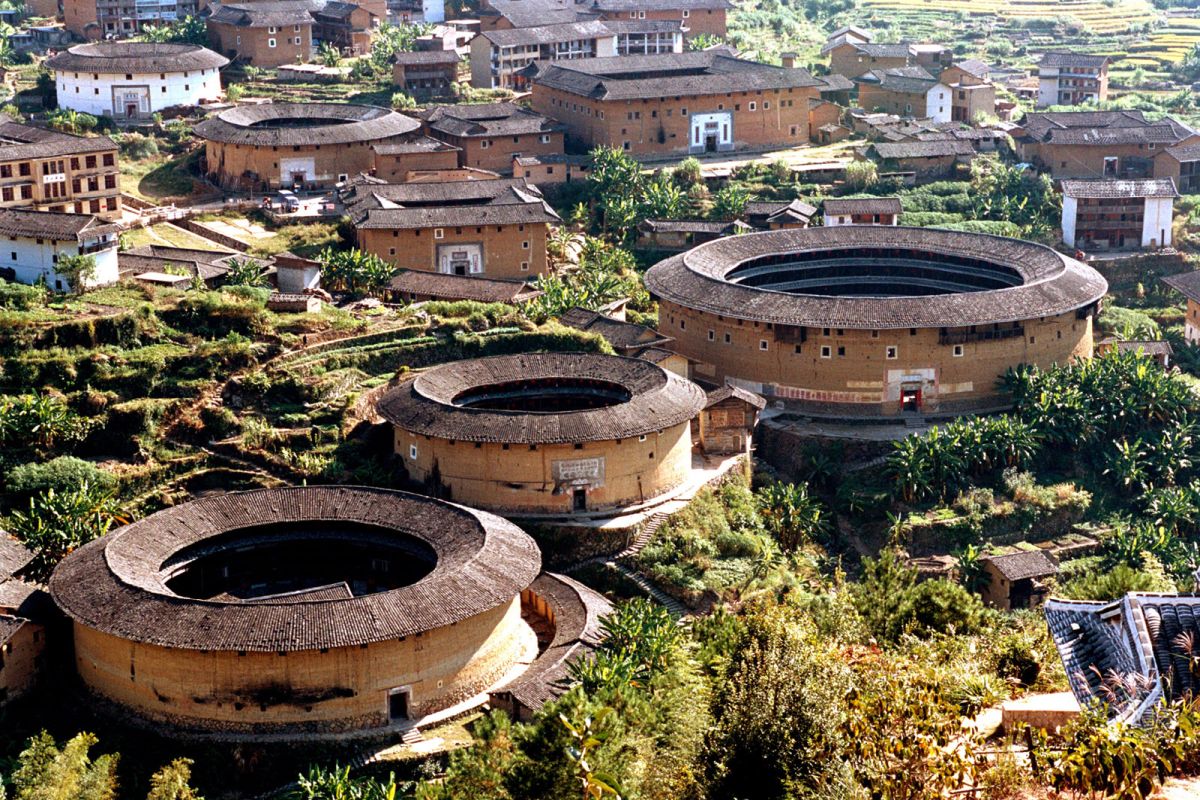
Initially, a solid thick wall was built, and inside it there were living quarters, a well, and there were huge reserves of provisions.
About 500–600 people lived in the tulou, often representing three or four branches of the clan.

Huts without walls on Samoa
This is an unchanged traditional type of Samoan dwelling, which is erected without any fasteners and covered with straw. The entire structure is tied with coconut “wool” rope. In fact, in the fal there are no walls at all - only air shields made of palm leaves.
In such huts, the openings are often covered with mats, but this is done only at night or when bad weather is raging. There are large, smooth pebbles on the floor.
Looking at houses like these, it becomes clear that Samoans simply have no privacy.
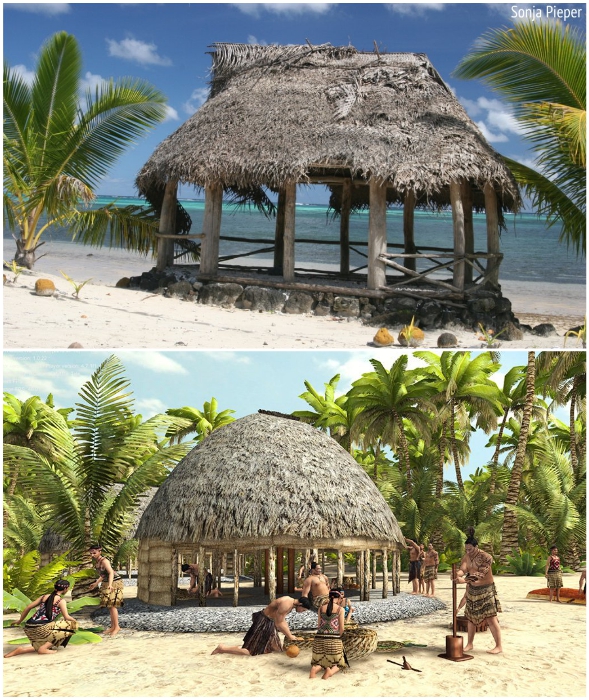
Karo - amazing houses of the Batak people in Indonesia
And this is the complete opposite of the fale houses, since there are no windows or doors. In appearance, this home is more reminiscent of a fairy-tale house and looks very nice.
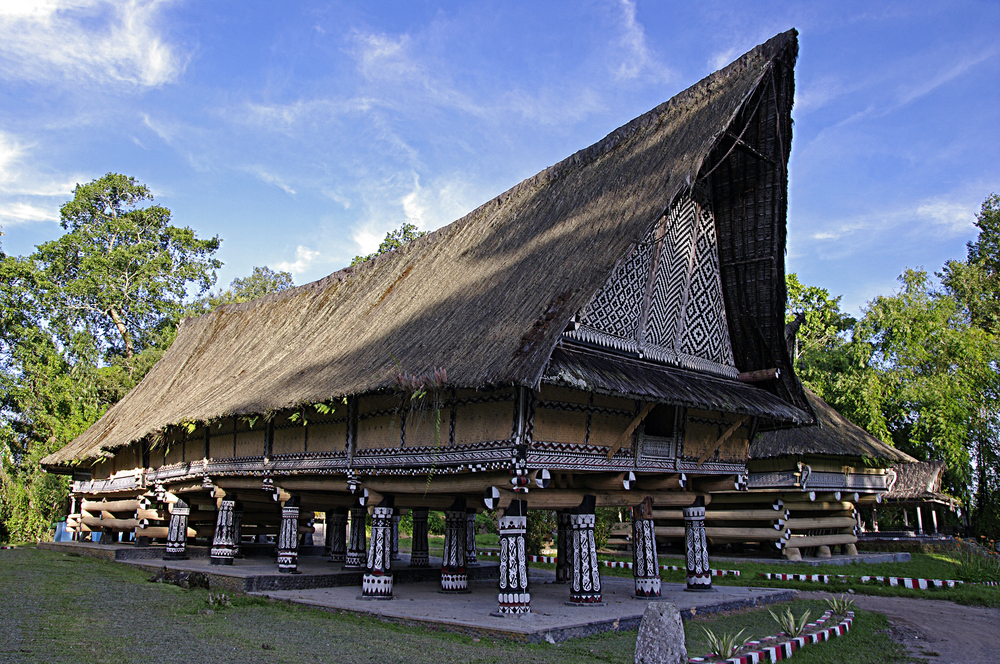
The structure is long, the roof resembles a saddle, and is covered with palm branches. The skates end with points or with whitewashed images of buffalo heads. Often the walls are decorated with carvings and various patterns.
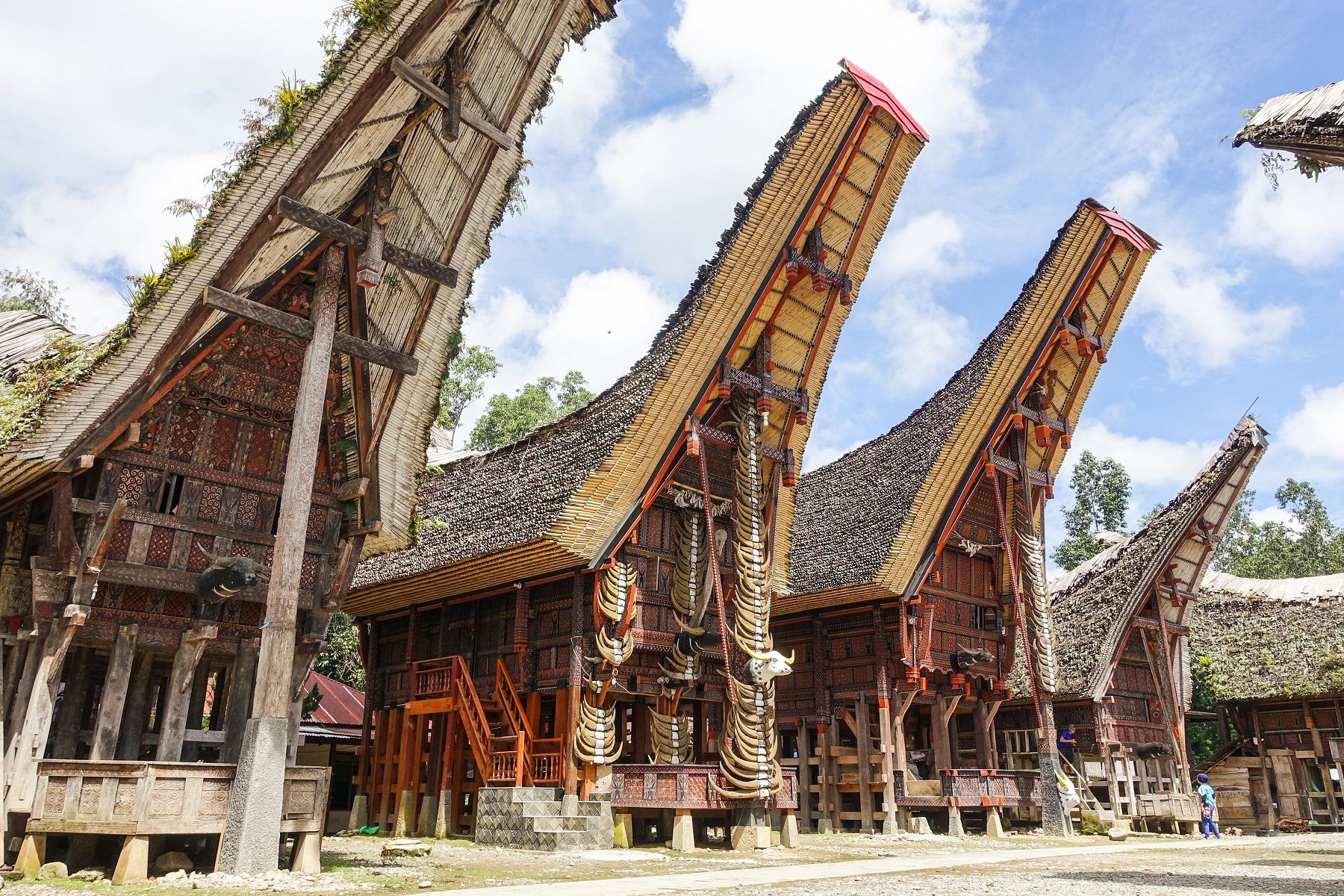
Triangular houses of Palheiro on the island of Madeira (Portugal)
This is the traditional housing of farmers of the village of Santana in the east of the island of Madeira. It is a small building made of stone, the roof is sloping, thatched, right down to the ground. The façade is painted in white, red and blue. The first colonizers of the island began to build Palheira.
